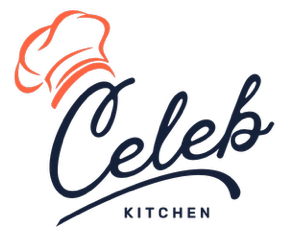Think reading a food label makes you an informed eater? Think again. The truth is, food manufacturers are legally allowed to manipulate serving sizes, hide harmful ingredients, and use deceptive phrasing — all to make their products look healthier than they really are. Here’s how they’re fooling you and what to watch for.
1. The Serving Size Scam
– Manufacturers shrink serving sizes to minimize the appearance of fat, sugar, and sodium
– Example: 15 chips = 1 serving, but the average person eats 2-3x that
– Doubling or tripling the serving means doubling the damage
2. “Zero” Doesn’t Always Mean Zero
– “0 grams trans fat” may still contain up to 0.49g per serving
– These trace amounts add up quickly if you eat multiple servings
– Trans fats are linked to heart disease and inflammation
3. Hidden Sugar Bombs
– 60+ different names for sugar can disguise high sugar content
– Look for: cane juice, maltodextrin, barley malt, dextrose, etc.
– “Low sugar” labels often rely on portion control trickery
4. The “Natural” and “Light” Illusions
– “Natural” has no FDA-regulated definition
– “Light” can refer to color, texture, or vague nutrient reductions
– Heavily processed foods still carry these labels to fool consumers
5. Ingredient List Loopholes
– Ingredients are listed by weight, so manufacturers split additives into smaller sub-ingredients to push them lower on the list
– Example: listing “sugar, honey, cane syrup” separately instead of grouping sugar content together
Conclusion:
The food industry relies on confusion to keep you hooked and uninformed. But once you know how to read between the lines, you regain power. Use apps, look for whole-food ingredients, and don’t fall for the “health halo.” What’s legal on a label isn’t always what’s honest.













